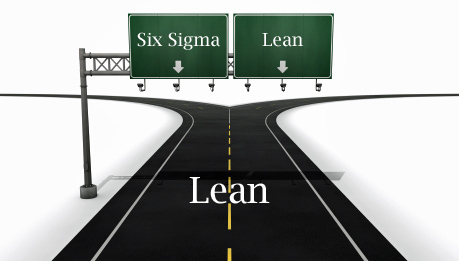Only the customer can determine value. Your product or service has zero value in it. You cannot build value or even create it through clever marketing. Value is only created when a customer puts it into use. This is Service Dominant Logic Thinking (Vargo and Lusch (2006).
If you take this they approach and view your product or service as enabler of customer value a different world opens up for you. Companies like John Deer, P & G, Crayola and Mar’s M & M’s have re-invented themselves by understanding value in use. Each of these companies has taken it a step further and included their customers in the co-creation of products.
When we think about co-creation, we have a tendency to think only in the terms of innovation. Most of us are not ready for that step. In fact, it is a rather large one. However, Janet R. McColl-Kennedy Professor of Marketing UQ Business School, University of Queensland, Australia recently published a paper where she discussed the 7Cs of Co-Creation:
- Co-operate (compliance)
- Collate (sorting, assorting, synthesizing)
- Combine complementary skills, knowledge, expertise
- Connect eg with family, friends, service providers, support groups
- Co-learning
- Co-produce (self-service, co-design, new service development)
- Cerebral activities (eg positive thinking, reframing, emotional regulation)
These as not earth shattering revelations but better yet they allow you to start working with customers in the co-creation space. Something as simple as a checklist designed around these 7 Cs could enable you to review sales and marketing material or presentations. If you start asking questions like:
- Does this comply 100% with what the customer requested?
- Can we sort our information to make it more meaningful?
- Can we group our material differently for the different customer departments?
- What complementary skill does the customer have that will facilitate the problem solving?
- Who do we need to connect with internally or externally (downstream or upstream)?
- What can we learn together that will assist to move forward?
- What changes may be required to our product/service that provides better use?
- Is the customer using our product/service differently than intended?
- Does the customer modify our product/service?
- How could we reframe our proposal/offer to allow our customer to change it?
Changing our mental model and making that great leap to co-creation is mind boggling for most. Starting simply by starting to ask the right questions around are existing procedures and content, the perspective begins to change. It’s a lot like dating. Start slow; ask the right questions, listen and the next thing you know, you just might be walking down the aisle.
Related Information:
The Service-dominant Logic of Marketing: Dialog, Debate, And Directions
If all of us need to be marketers, what’s the framework?
7 Principles of Universal Design & Beyond
The Common Thread of Design Thinking, Service Design and Lean Marketing
Janet R. McColl-Kennedy: Co-creation of Value and S-D logic










